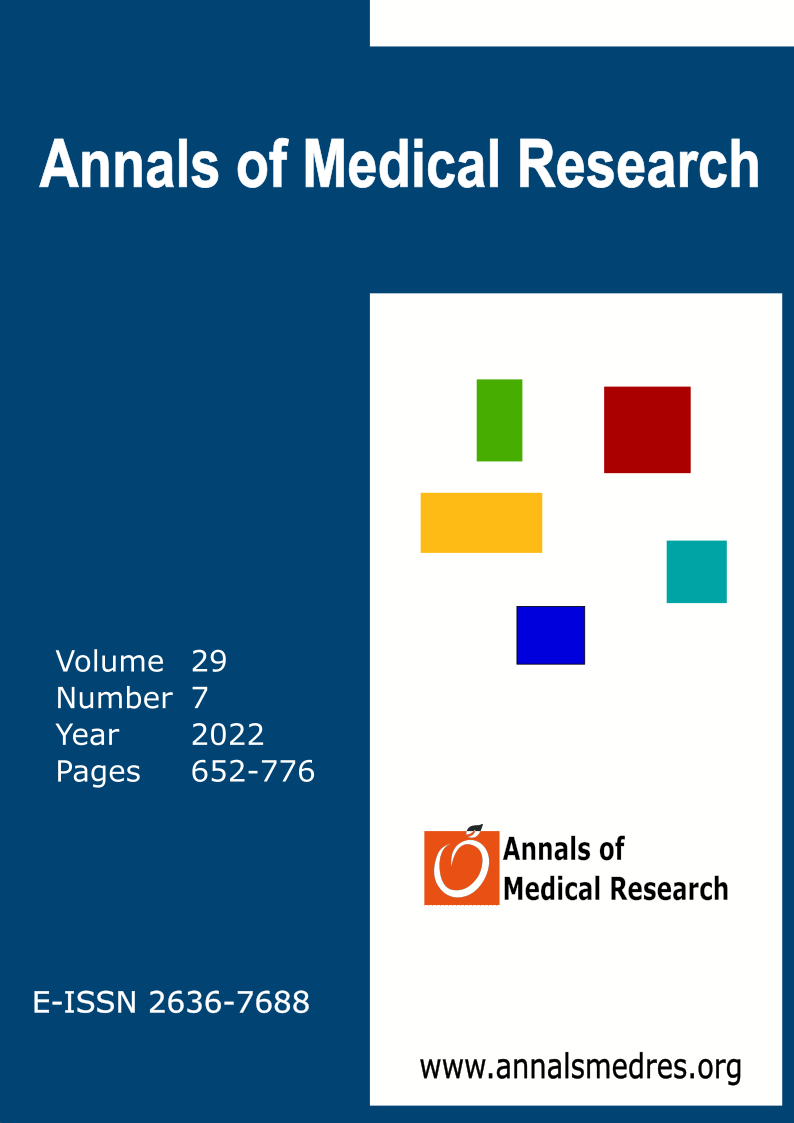Optimal screening value of vitamin D deficiency for distal symmetric polyneuropathy in patients with diabetes
Keywords:
Diabetes mellitus, Vitamin D, Diabetic polyneuropathyAbstract
Aim: The cut-off value of serum 25(OH)D level for bone-skeletal and cardiovascular diseases are well defined. However, there is no current study defining the optimal cut-off value of serum 25(OH)D levels for preventing diabetic distal symmetric polyneuropathy (DSP). We aimed to evaluate the relationship between the 25(OH)D levels and the parameters of electrophysiology and Toronto Clinical Scoring System (TCSS) to obtain a cut-off value of serum 25(OH)D levels in diabetic DSP patients.
Materials and Methods: This is a case-control study included 90 diabetic patients with or without diagnosed DSP who were visiting the outpatient Physical Therapy and Rehabilitation Clinic. The patients’ demographic data and vitamin D levels were recorded. The patients were classified according to serum 25(OH)D levels as having optimal, insufficiency, and deficiency. The electrophysiological study was conducted for the diagnosis and staging of polyneuropathy. TCSS was used to evaluate the patients’ neuropathic symptoms.
Results: From the results of this study conducted on the 90 patients that were diagnosed with diabetes, it was found that the electrophysiological study and TCSS were significantly different in the three vitamin D groups. Regression analysis test demonstrated that 25 (OH) D level with 0.845 odds ratio is the only risk factor for the development of DSP. The serum levels of 25(OH)D below 15/18 ng/mL is associated with DSP.
Conclusion: This study indicate that vitamin D deficiency is a risk factor for the development of DSP, and serum 25(OH)D level ≤ 15 ng/ml is crucial in assessing the severity of neuropathic symptoms.
Downloads
Published
Issue
Section
License
Copyright (c) 2022 The author(s)

This work is licensed under a Creative Commons Attribution-NonCommercial-NoDerivatives 4.0 International License.
CC Attribution-NonCommercial-NoDerivatives 4.0






